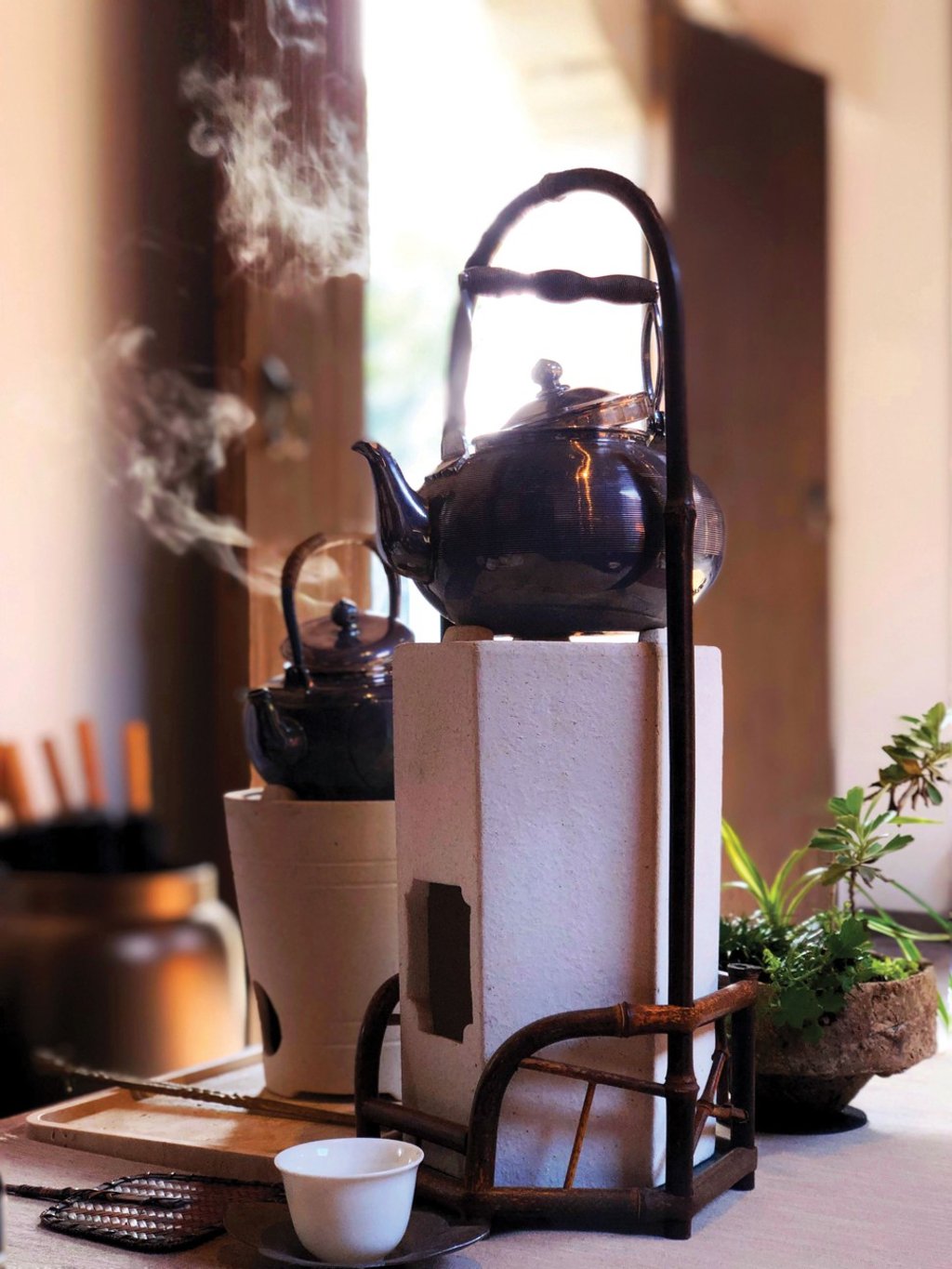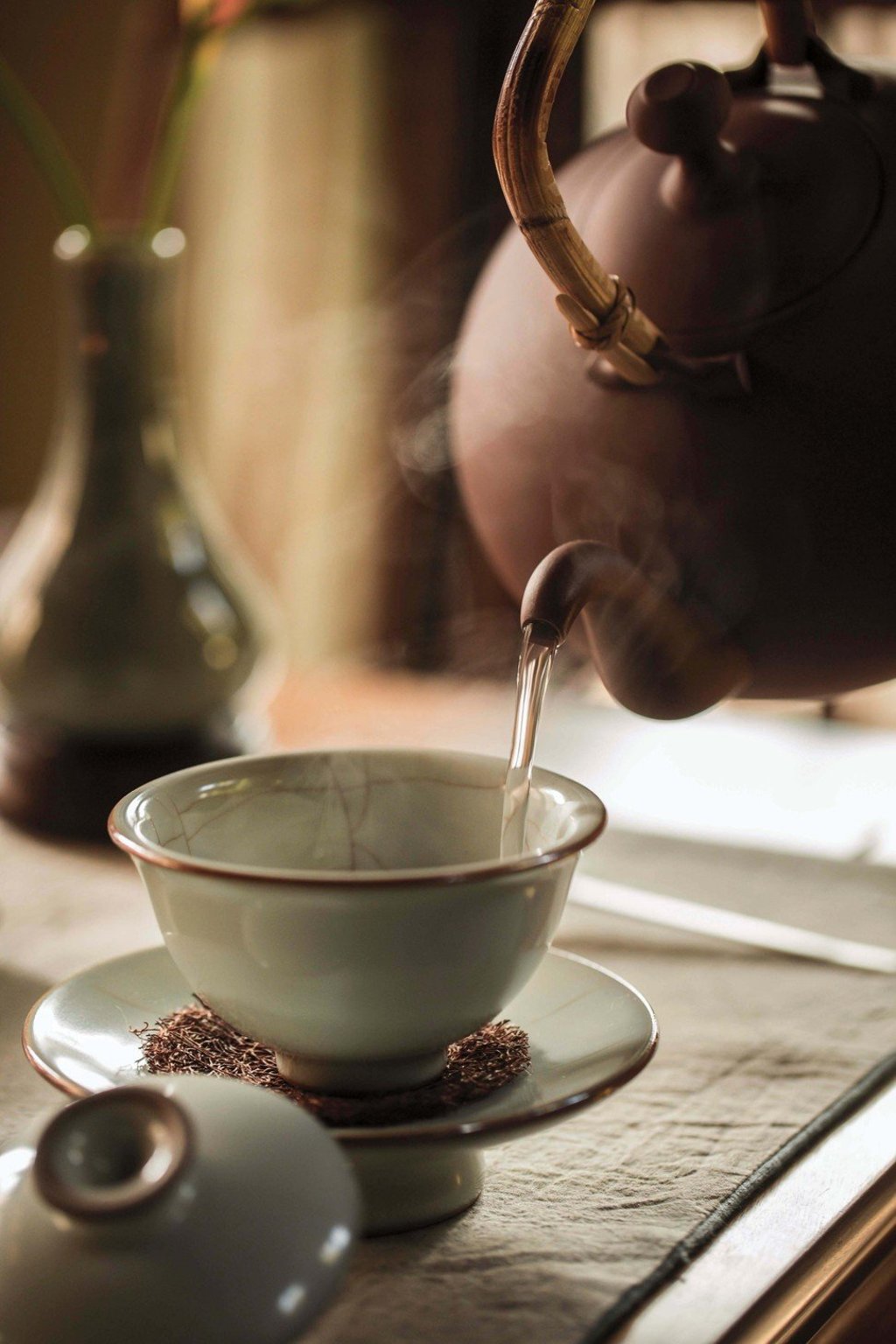Is old tea really like cryptocurrency – and what types of tea are the most sought after?

Tea has come a long way since a little leaf was plucked from a tree in Yunnan during the Tang dynasty. Now we have Pu’er, oolong, white and green teas
Tea time. That beautiful moment of the day when you can relax, enjoy a hot beverage, socialise and nibble on snacks. Imagine, in the past, the poets of ancient China would brew a pot of tea and light incense in their villas to create a harmonious atmosphere conducive to freethinking and creativity. Now, fast forward to the present. People still enjoy tea, usually as a community in a tea house or the form of a casual bubble or milk cap tea from one of the many stands. And if you want to be bougie about it, have high tea in a fancy hotel with a plate of scones and delicious clotted cream.
Tea is serious business. Wars have been fought over it. The British were so thirsty for it, they conquered and colonised to ensure they had a steady supply. It can be argued that Hong Kong owes its very existence to tea. Who could have predicted that a little leaf plucked from a tree in Yunnan during the Tang dynasty would have such consequences?
These days, Da Hong Pao tea, for example, goes for US$1.2 million per kilo – one of the world’s most expensive.
To enjoy tea is, in a sense, to experience time. On the one hand, you are experiencing its history; on the other, you are appreciating the time and process of ageing the leaves for its desired flavour.

Aged teas or ageing teas is an art form that is subject to constant debate, especially in the Pu’er tea world. But before we begin, let’s define “aged teas”.
“Aged tea, to me, is when you store the already harvested and processed tea for further ageing,” says Vivian Mak, founder of MingCha, a tea house with a 20-year history in Hong Kong.
Most people usually equate Pu’er – a famous black tea originating from wild tea trees in Yunnan Province – with aged teas. But in fact, oolong and white teas are also suitable for ageing; it is only floral oolongs and green teas which are not. “Green and floral oolong are meant to be savoured fresh, to enjoy the aromas and refreshing crispness,” says Mak. “The purpose of ageing teas is to mellow them out and give them a rich, velvety, full-body and lingering aftertaste. It also gives the tea hidden, subtle, layered flavours which awaken once you brew it. Aged tea is like a sleeping beauty.”
There are different schools of thought when it comes to ageing tea. One argues for “wet” storage, which refers to a higher-humidity environment such as typical Hong Kong weather. The higher humidity is supposed to speed up the ageing process by stimulating oxidation, altering the flavour. However, some tea practitioners find that this introduces new, unwanted notes from the environment into the flavour profile. So, they advocate “dry” storage (around what would be comfortable inside a house). This might be a slower process, but it is more controlled. You can account for the amount of light, humidity and temperature affecting the tea ageing process.

Tradition dictates that teas, whichever way they are stored, should be compressed into a discus cake form, then wrapped in paper, and kept away from light. Mak, however, likes ageing her prized Pu’ers uncompressed and loose in a laminated foil bag. “Paper can’t fully protect the tea from moisture, light or air. Also, when tea leaves are compressed into a cake, it tends to age unevenly, with the outer layers being more exposed to environmental factors than the core.”
So, what type of aged tea is the most sought after? “If you look at the current market, the undisputed king of aged tea would be sheng (raw) Pu’er,” says tea connoisseur Holly Hayes, who gave us an intimate tea tasting experience at the gorgeous resort of Amanyangyun on the outskirts of Shanghai. “I’m also a big fan of shou/shu (artificially fermented) Pu’er and aged white tea, and I’ve tasted an aged tieguanyin (Iron Buddha, a type of oolong) that revolutionised my view of that tea.
“The practice and popularity of intentionally ageing tea for very long periods of time is a recent development, having only started in the 1980s,” Hayes says. “I’m excited to see how it develops and expands into other types of tea over the next few decades.”